Bangkok Grand Palace – the Golden Palace of Kings
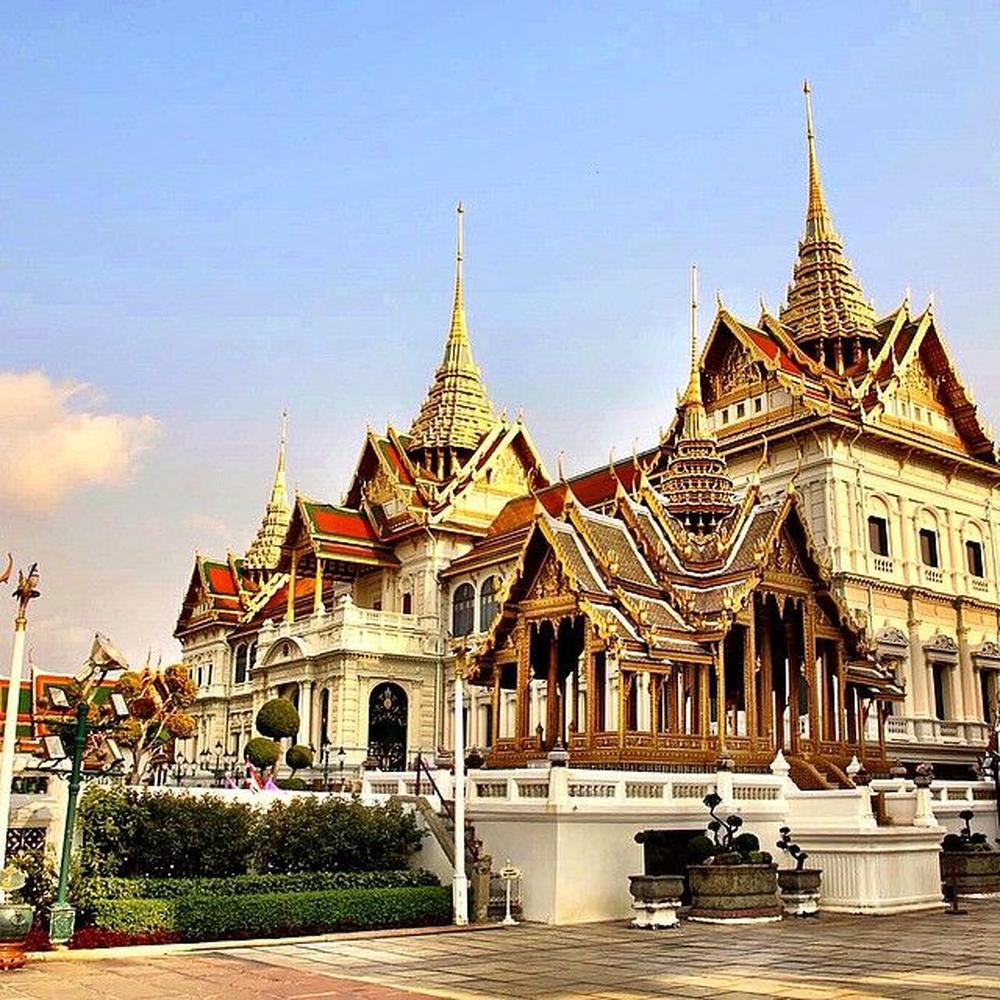
Bangkok Grand Palace used to be where the whole country was run by the King and his court over the period of 150 years, through 10 kings. The palace represents the peak of Thai architecture with its magnificence and brilliance, which is one of the main reasons why it still attracts millions of visitors from around the world. This guide will help you prepare all you need to know when you want to see this golden palace.
A Brief History
The Grand Palace of Bangkok began its construction in 1782 at the order of King Phutthayotfa Chulalok (Rama I) after seizing the crown from King Taskin of Thonburi. He wanted a new capital for his newly formed dynasty, the Chakri Dynasty. The new capital city was located on the east side of Bangkok and was turned into an artificial island named 'Rattanakosin'.

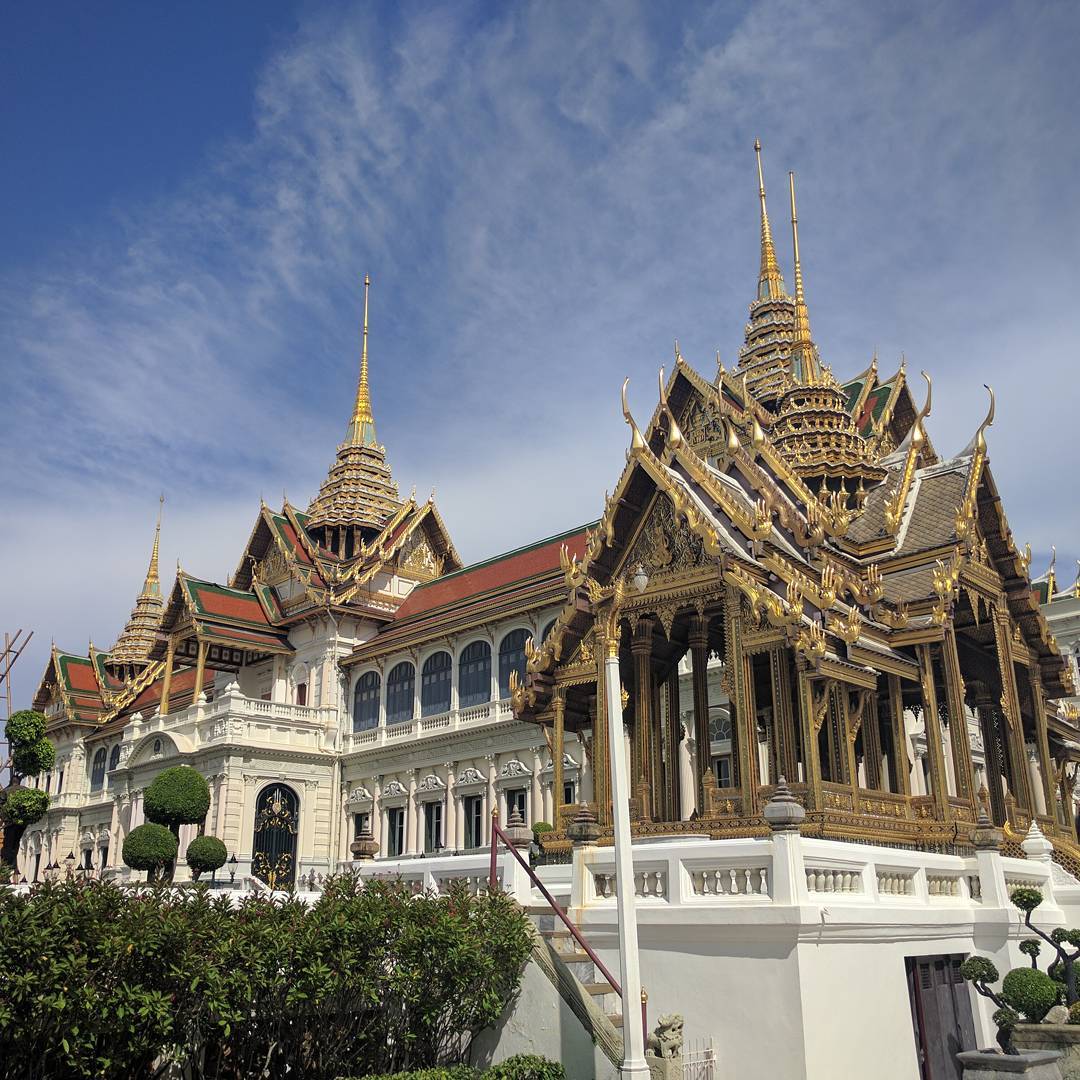
In the beginning, the palace was built primarily out of wood, but over time those wooden structures were replaced with brick that the king’s men had salvaged from the city of Ayutthaya. After the final ceremonial hall had finished construction, the king held a traditional coronation ceremony in 1785. The new capital city has a similar layout to the old one. It’s divided into four main courts: the Outer Court, the Middle Court, the Inner Court, and the Temple of the Emerald Buddha. Each court has their own functions defined by laws and traditions. The Outer Court contain royal offices, state ministries, the Temple of the Emerald Buddha, and the royal chapel. Within the middle court are ceremonial halls of the king and the most important state departments. Situated at the southern end of the complex is the Inner Court, reserved for females only, for it housed the king’s harem.
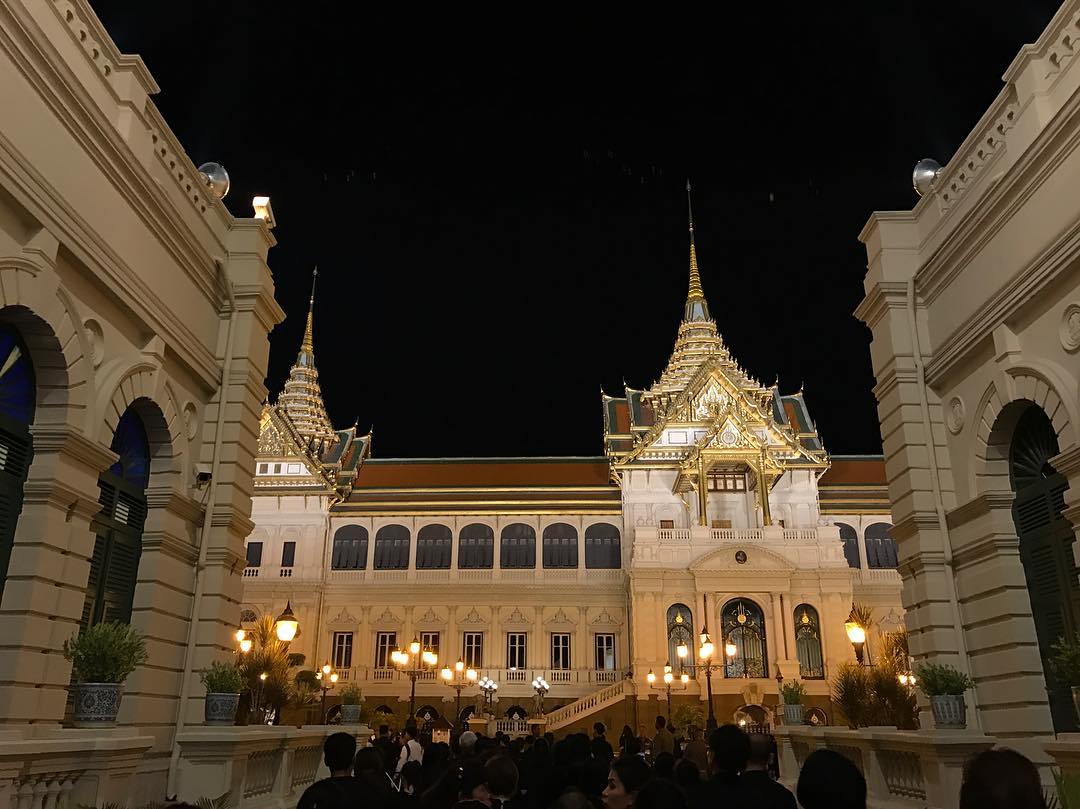

During his reign, King Phutthaloetla Naphalai (Rama II) expanded the palace southwards, increasing its total area from 213,674 square meters (2,299,970 sq ft) to 218,400 square meters (2,351,000 sq ft). Throughout history, there were numerous additions to the palace such as Dusit Palace and Phaya Thai Palace. The end of Thai absolute monarchy took place in 1932 when a revolution eliminated the old system of government in favor of a constitutional monarchy, similar to the UK. Today, the palace does not only serves as a tourist attraction and a museum but still remains the center of ceremony and monarchy.
How to get there
If you have access to the BTS Skytrain line, just ride the BTS to Saphan Taksin station and go down to Sathorn pier (Central Pier) just under the station. At the pier, you can choose between tourist boat or local boat. Tourist boat has a separate queue marked with blue arrows. The only tour worth buying is the 40 baht single trip, which points out landmarks and points of interest. For local boats, take the boats with an orange flag, green flag, or no flag at all. When asked by the ticket lady, pay her 15 baht and go to Tha Chang pier (pier N9). After arriving at Tha Chang pier, exit and walk straight ahead and follow a large white wall until you reach the palace entrance.

Note that there will be scammers trying to tell you that the Grand Palace is closed for various reasons and they will try to sell you one of their tour to another temple or cheap city tour. The best way to handle these scammers is to ignore them completely and carry on with your business. If you’re in the city, taxi or tuk-tuk can easily get you there. But due to its nature, Bangkok’s traffic is likely to slow you down, so it’s best to go early in the day.
Opening time
The palace is open all year round, except recently closing in October 2017 in preparation for the royal cremation ceremonies of the late king Bhumibol Adulyadej. Opening times are from 8:30 to 15:30. Ticket inside the palace costs around 500 baht (16 USD) for foreigners and is free for Thai citizens.
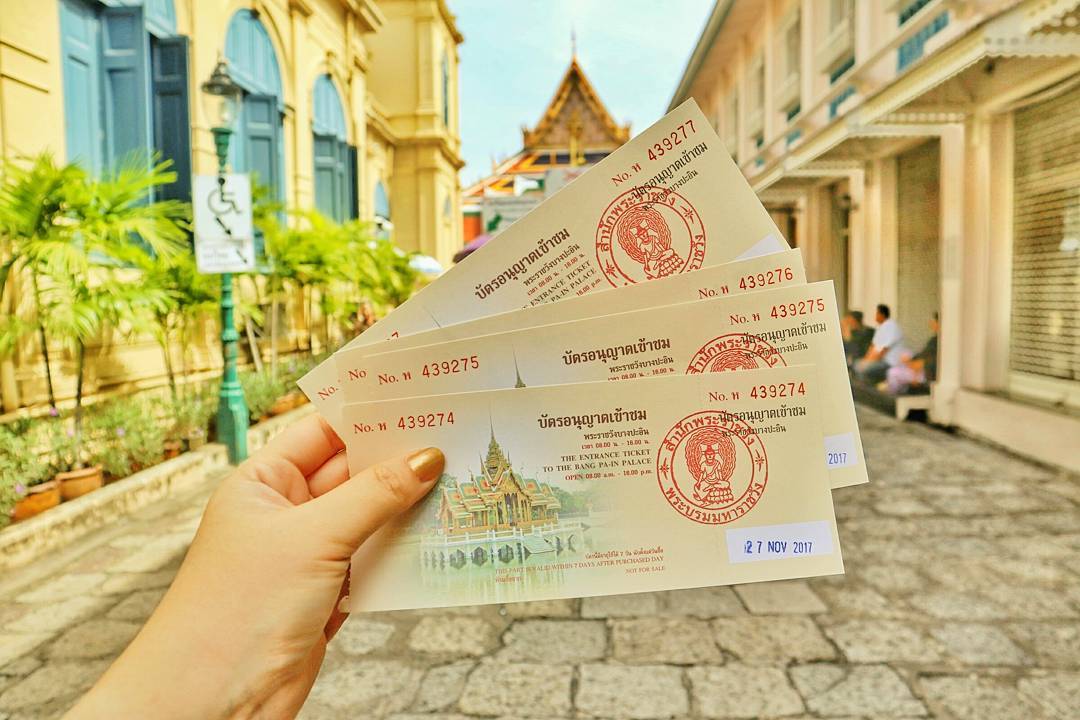
Note for visitors to the palace. Because the Grand Palace with The Temple of the Emerald Buddha is the most sacred place in all of Thailand, a strict dress code is applied. For tourists to be allowed into the temple they must dress properly. Men are required to wear long pants, shirt with sleeves and absolutely no exposed feet (if you’re wearing sandal or flip-flop you must wear socks). Women must dress modestly. Do not wear see-through clothes, short skirts, backless clothing, low-cut top, etc. There is a booth near the entrance that can provide proper clothing to help you cover up, but it does require a fee, so it’s best if you show up to the palace dressed properly.
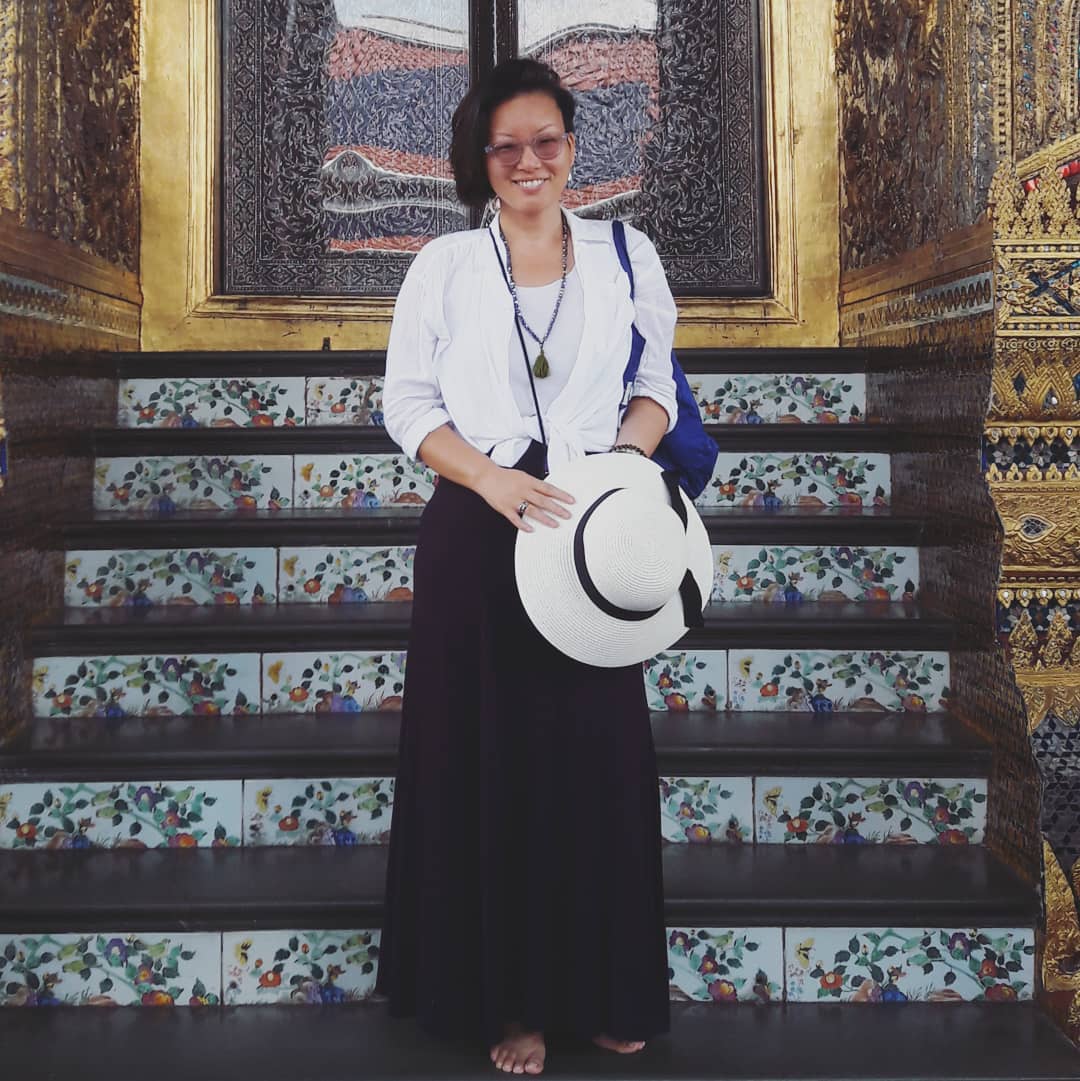
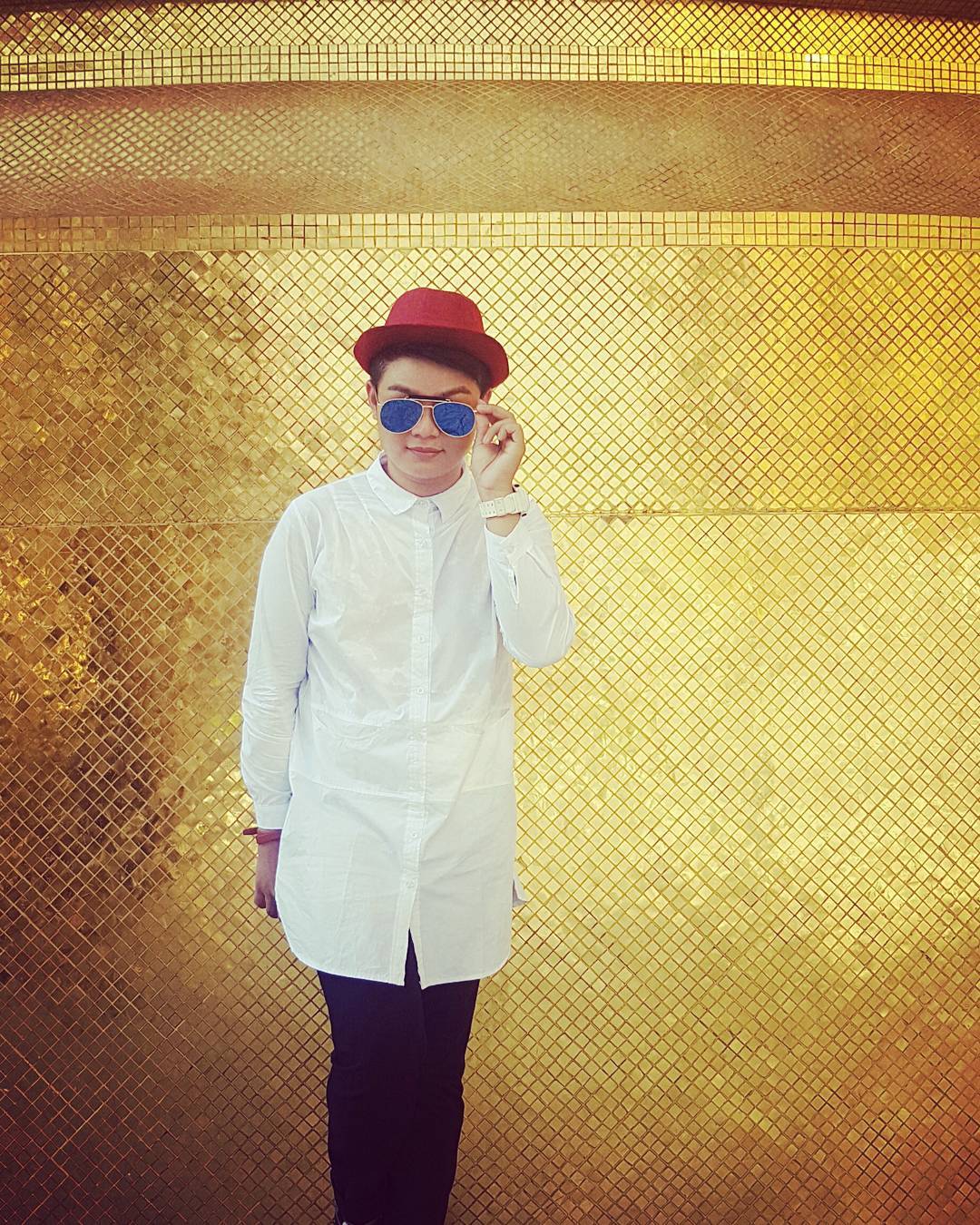
What to see
Jam-packed with historical site and relics, the Grand Palace provides you with countless anecdotes and stories. With so many things to see, it can be confusing for first-timers. Here are some must-see sights in and around the palace, followed by our useful tips.
Royal Reception Halls
This part of the palace, with its extraordinary interior, is often used for important ceremonies such as coronations and reception. Tourists can visit Grand Palace Hall (Chakri Maha Prasat) or the spacious reception room with a European style interior.
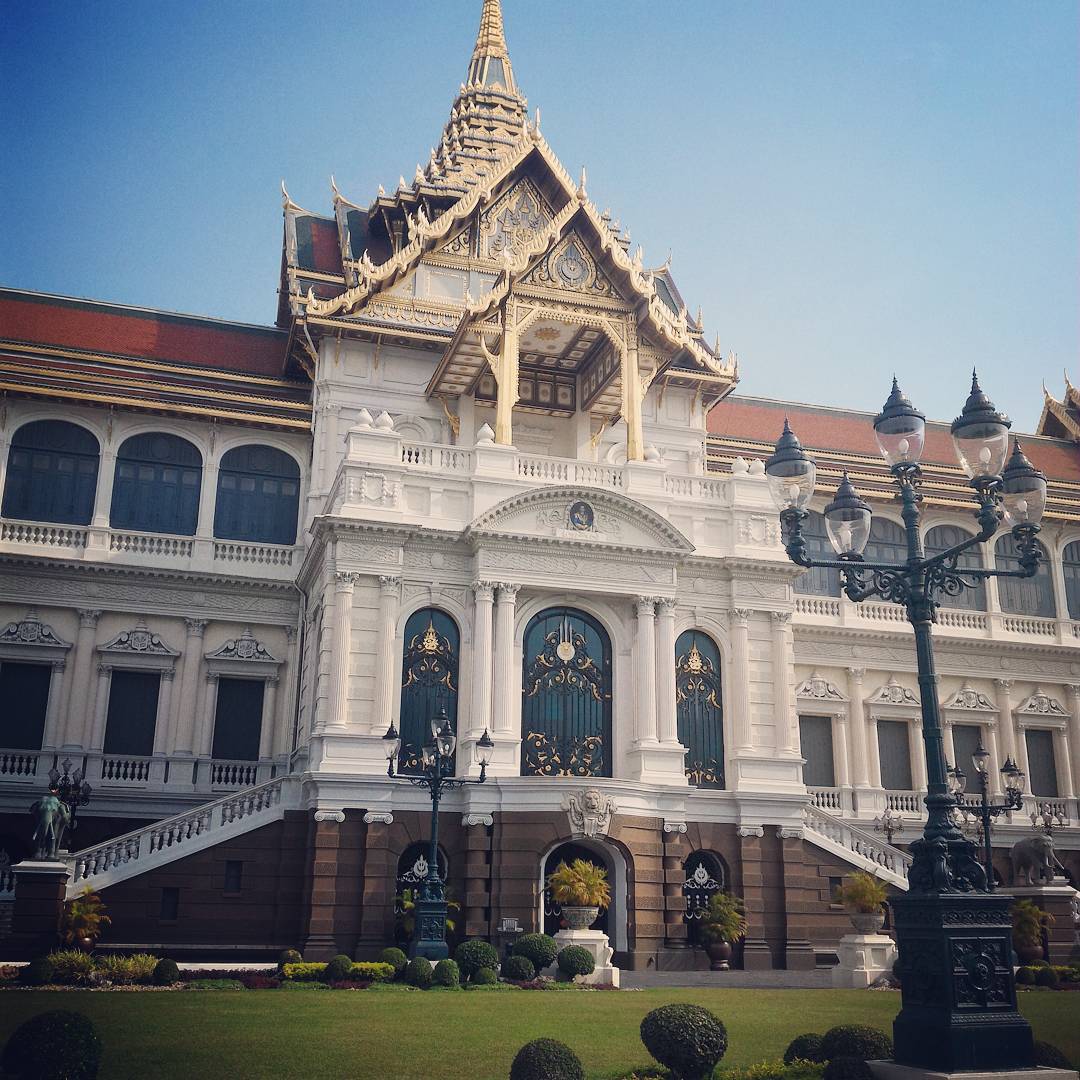
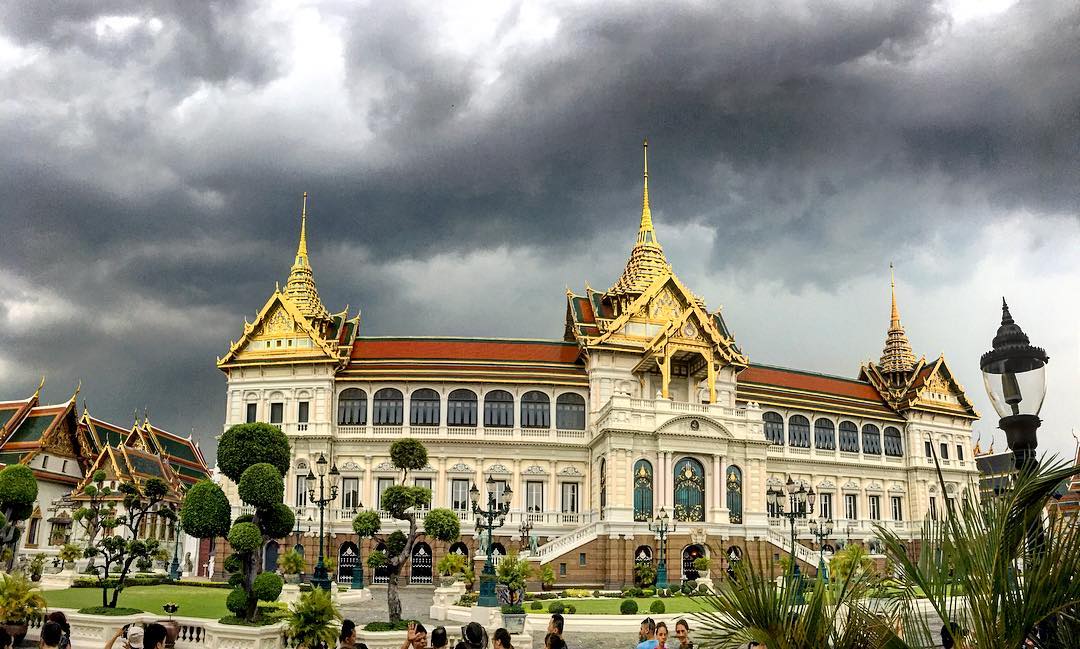
There is also the Dusit Hall, rated as the finest example of this style of architecture. Not to mention a museum full of information on the restoration, scale models of the palace, and also numerous images of Buddha.
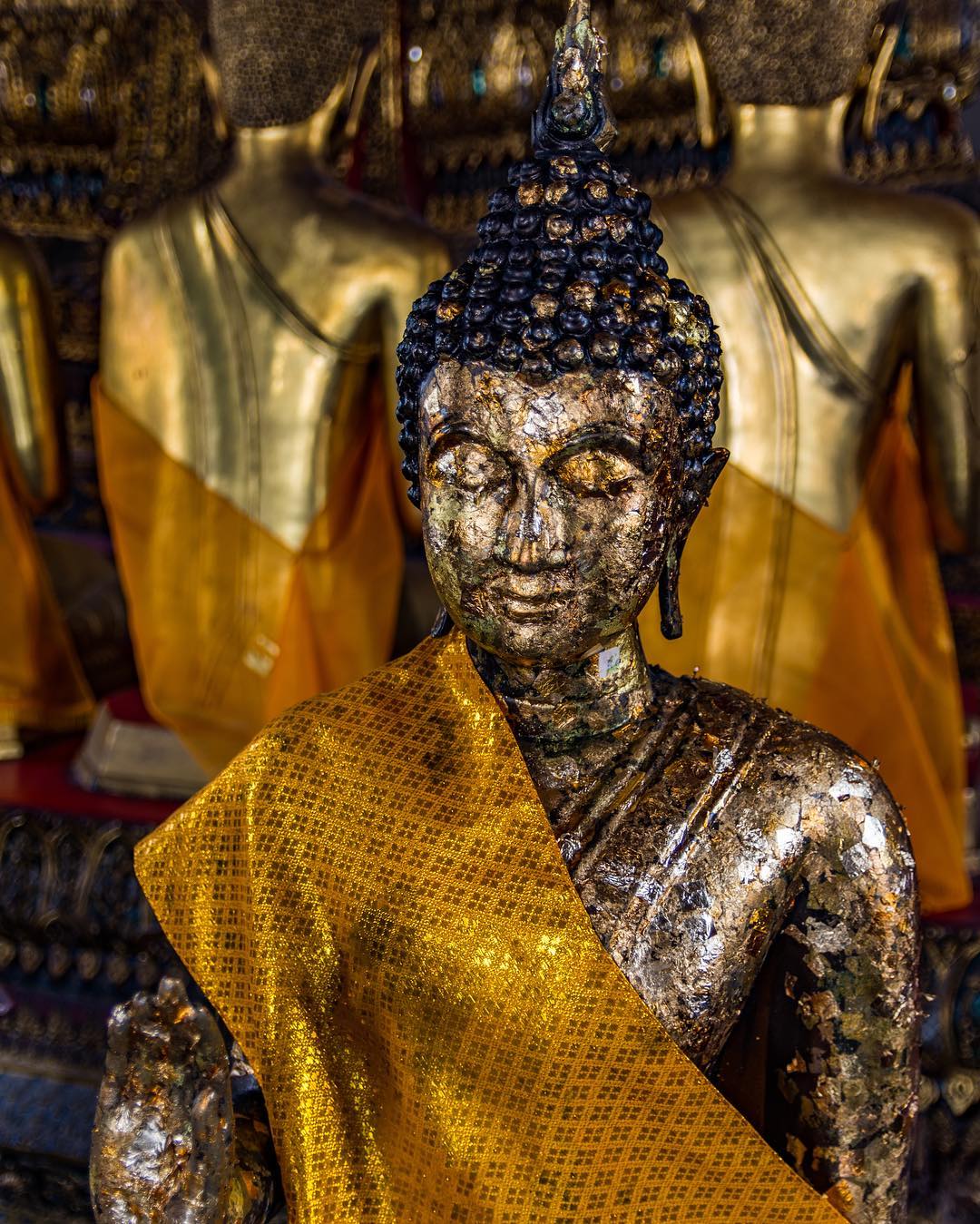

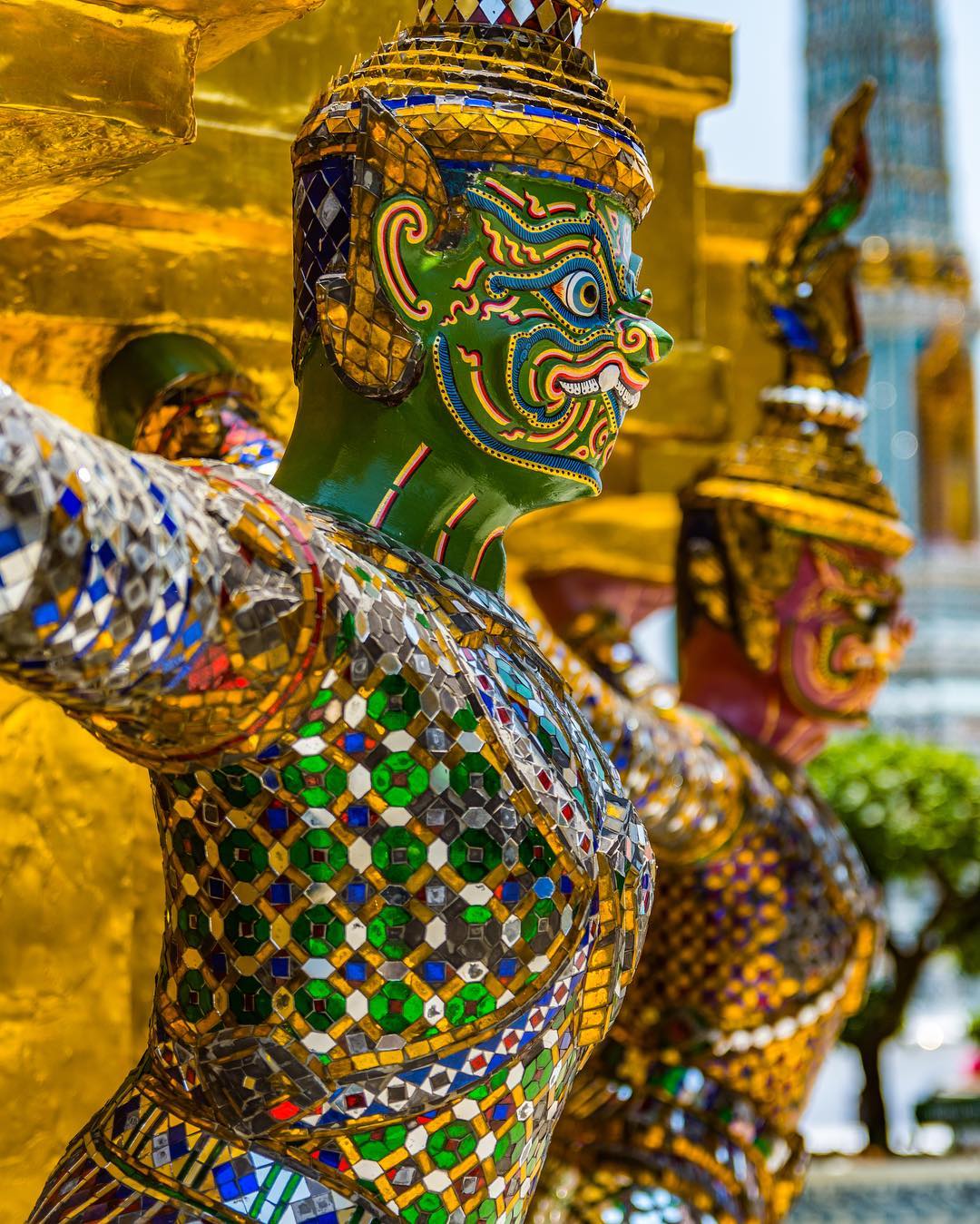
Wat Phra Kaew
Wat Phra Kaew, or the Temple of the Emerald Buddha (officially known as Wat Phra Sri Rattana Satsadaram), is considered as one of the most important Buddhist temples in all of Thailand. Within this temple is the Phra Kaew Morakot (the Emerald Buddha), an image of Buddha carefully carved from one block of jade. It’s the image of Buddha meditating in the style of the Lanna school.
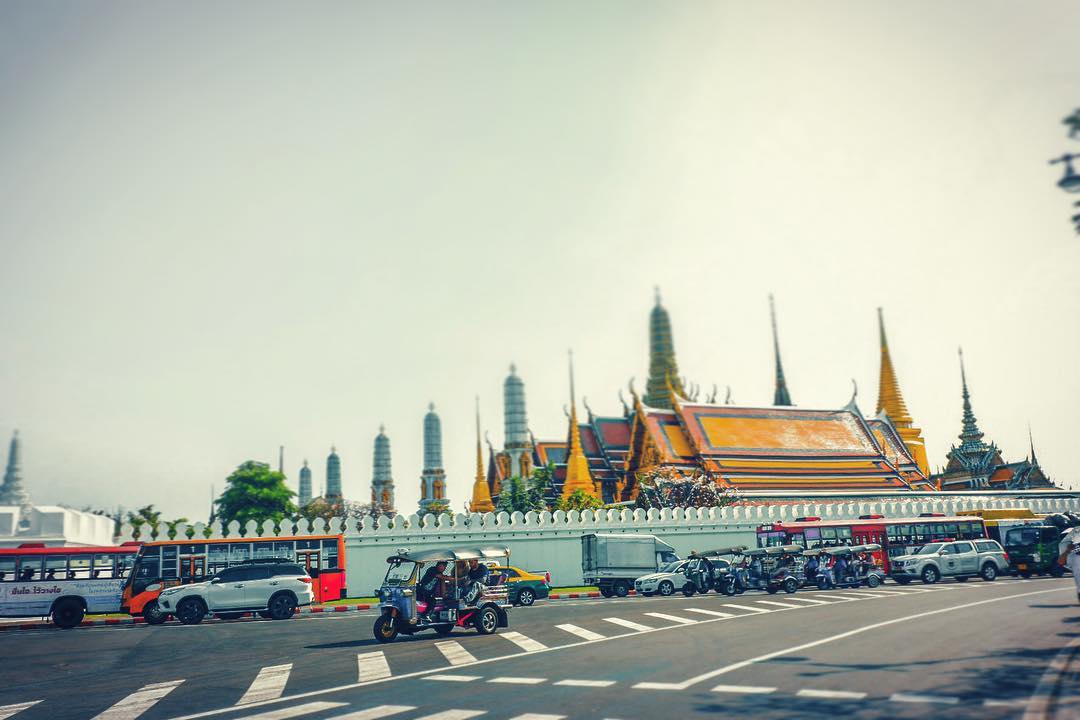
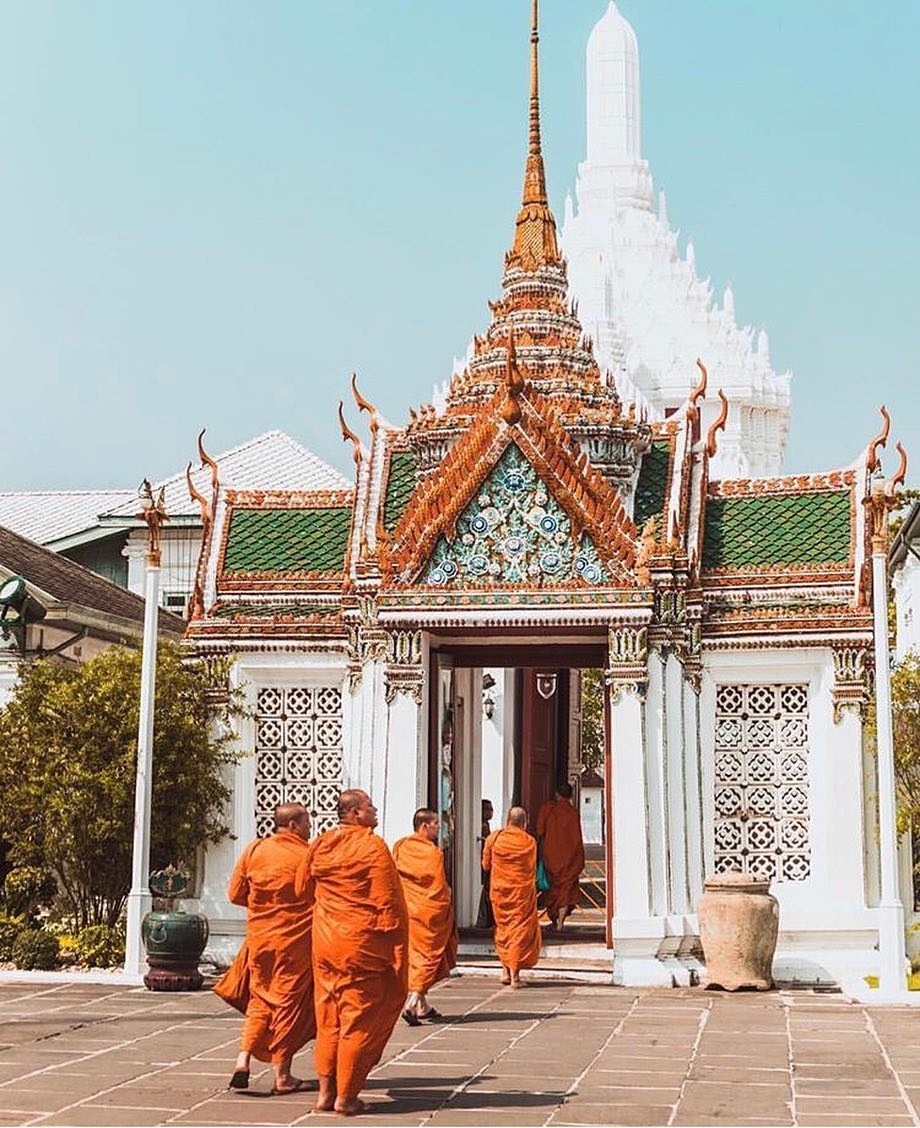
Amulet Market
From the palace, there’s a side street heading left. Head down this road for about 400 meters and turn right, you should see this market. The corridors, known as the Amulet Market are packed with thousands of sacred trinkets that bestow holy protection to its wearer. It’s always full of locals and tourists here to browse through the vendor’s collection of medallions or statues. There’s no one to help when choosing the divination of these trinkets, you will have to find the one that speaks to you spiritually. The amulets can be priced from 5 baht (16 cents) to the hundred, and the price is rarely displayed, so some bargaining will have to take place when necessary.
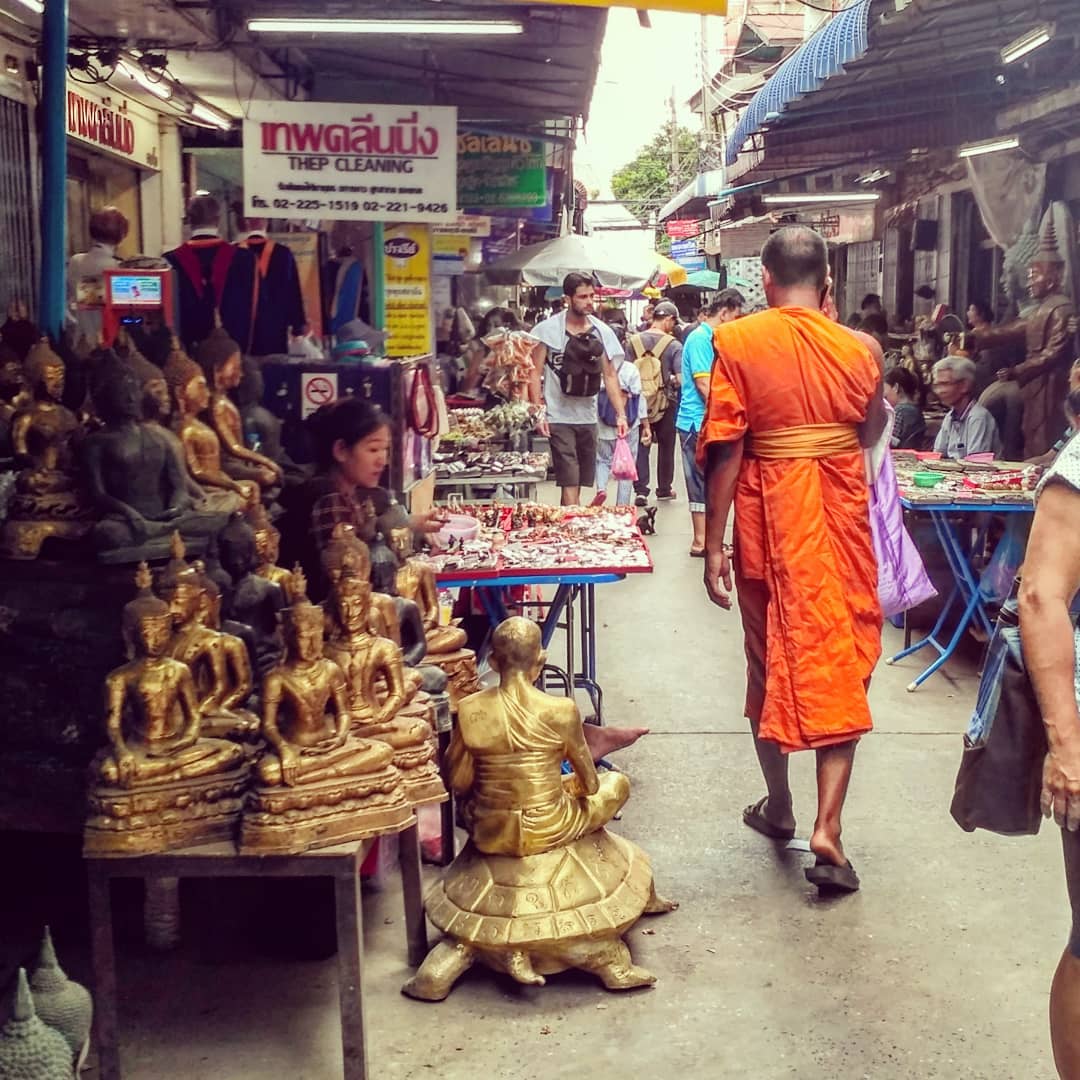
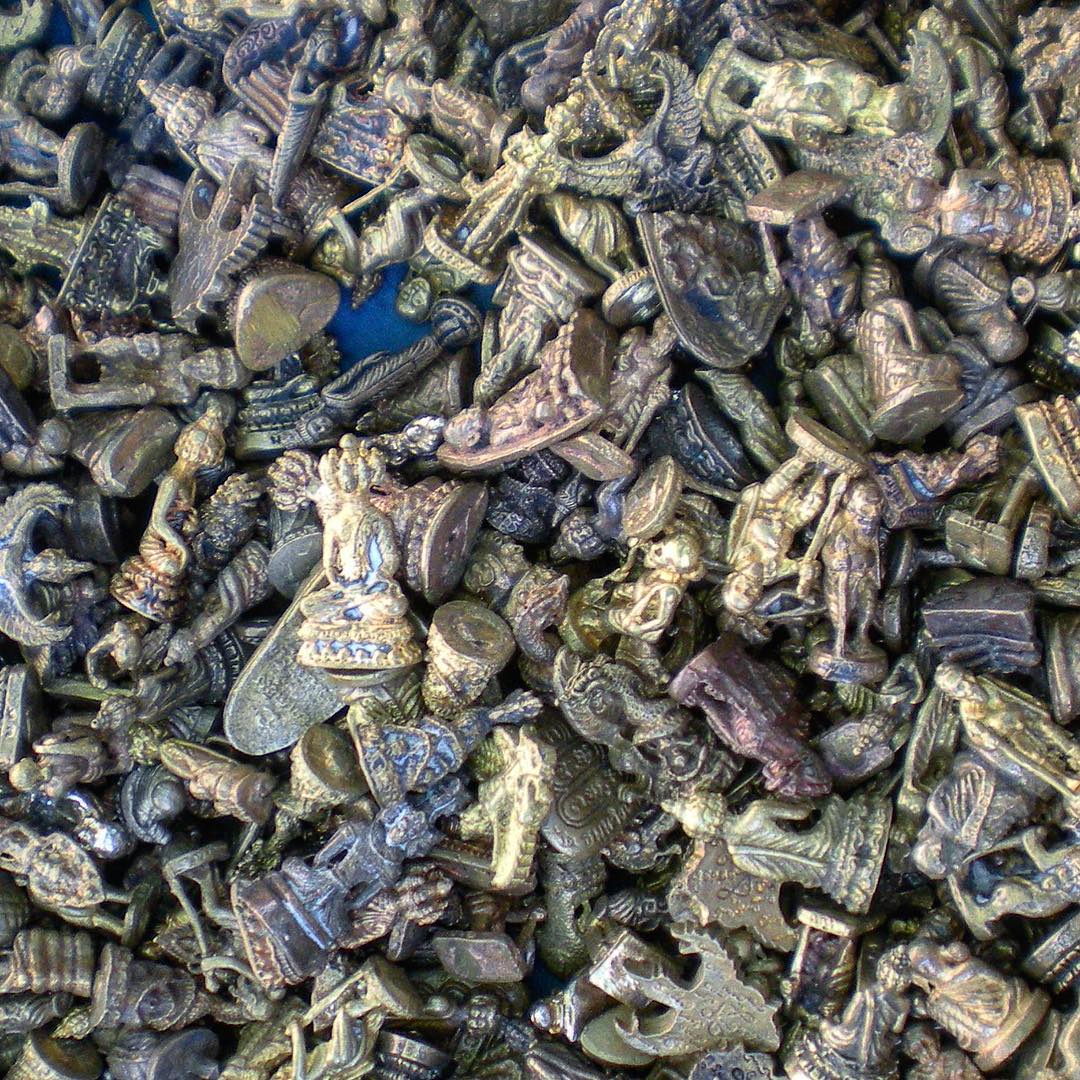
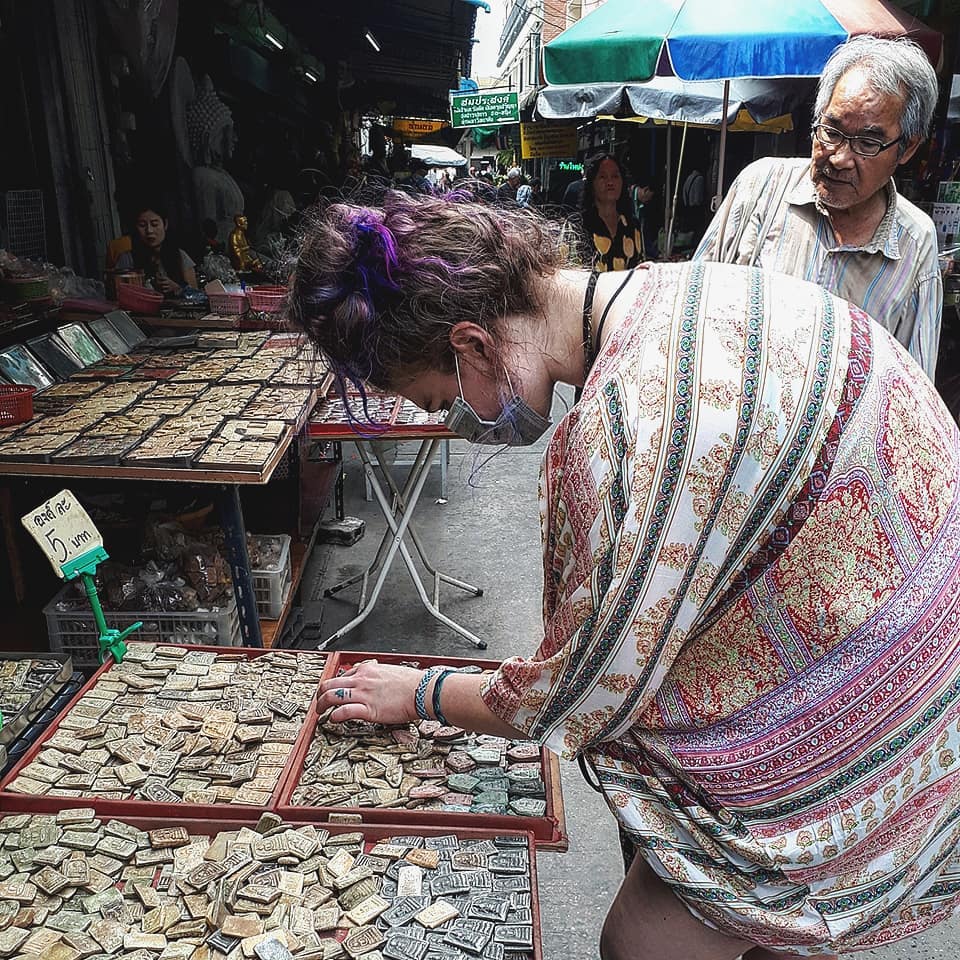
Tha Tien Market
Located near the Grand Palace, next to Wat Pho and often overshadowed by the palace next door, Tha Tien Market is actually equally important in history. It has been a trade center for agricultural goods as far back as the 17th century. Before evolving into what it is today, it was an agricultural market reserved only for royal members. Going into the market you can expect to find anything from dried seafood to riverside lunch spots. https://www.instagram.com/p/BM8Snu6BXMT/?tagged=thatienmarket https://www.instagram.com/p/BgbhQ1CFGCM/?tagged=thatienmarket https://www.instagram.com/p/Y7Uo-emGAB/?tagged=thatienmarket https://www.instagram.com/p/-0AQllTM0r/?tagged=thatienmarket
Some Useful Tips
Remember to stay hydrated. Bangkok’s heat in the summer can easily reach up to 32 degrees Celsius (90 degrees Fahrenheit), and combined with the number of people inside the palace, it can get a little… “heated” so it’s always good for you to have a water bottle on hand. In the palace, there is lots of shade, so take advantage whenever you feel hot. Your bags will be searched at the palace’s entrance. If you carry a small handbag or a bag pack it will be searched by security. So make sure not to bring any suspicious objects and you will be fine. Some deeper parts of the palace have their own rules like no shoes, so it’s best not to wear your most expensive shoes. Though not often, petty theft still happens.